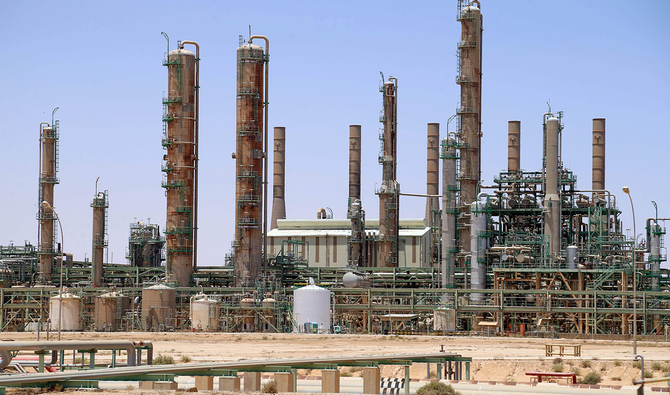Faisal Faeq
Brent crude oil nudged higher to end the week at $43.24 per barrel as WTI also gained to $40.55.
Oil prices have been moving in an extremely narrow band over the last two months of just $3-$4 and this week that band was squeezed further from dollars to cents.
Accordingly, the US Energy Information Administration (EIA) raised its price outlook for Brent crude to $41 per barrel for the second half of 2020, which is $4 per barrel higher than last month.
More importantly, the latest oil price trends confirm that historical output cuts made by OPEC+ are working to re-balance the market in the wake of the largest oil demand shock in history.
OPEC slashed its crude output in June to a three-decade low when it produced 22.31 million bpd, the organization’s lowest collective output since September 1990.
These cuts appear to have achieved high compliance rates and have been largely responsible for keeping the market intact.
But while consumers have benefited from market stability recently, the same cannot be said for speculators who love volatility.
Instead the hedge fund heads have been turned by airlines, cruise companies, banks and other sectors hard hit by the pandemic.
This won’t support upward movement in oil prices as sentiment remains bearish.
In the physical market, sour crude grades with high sulfur content are trading at prices getting closer to sweet barrels with low sulfur content. Crude grades with high sulfur content are showing signs of under-supply, with record premiums to Brent.
Coronavirus disease cases continue to rise in the US, a major threat to oil markets.
Brent’s premium against Dubai has narrowed sharply this year and even flipped to a discount against Arabian Gulf crude grades for the first time in March.
At the same time, US shale prices linked to WTI remains relatively expensive.






















